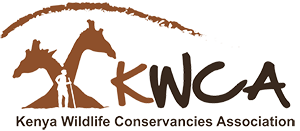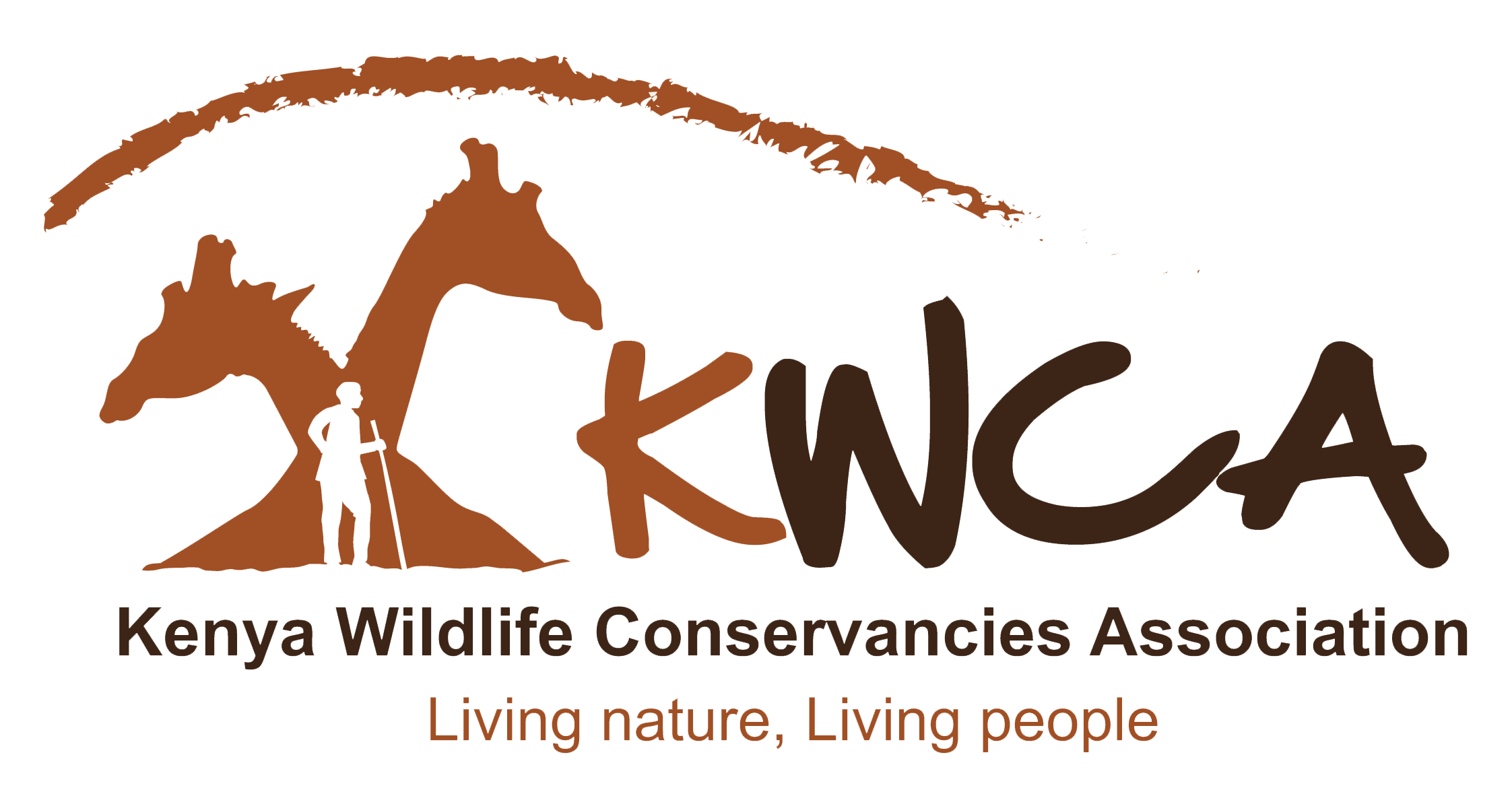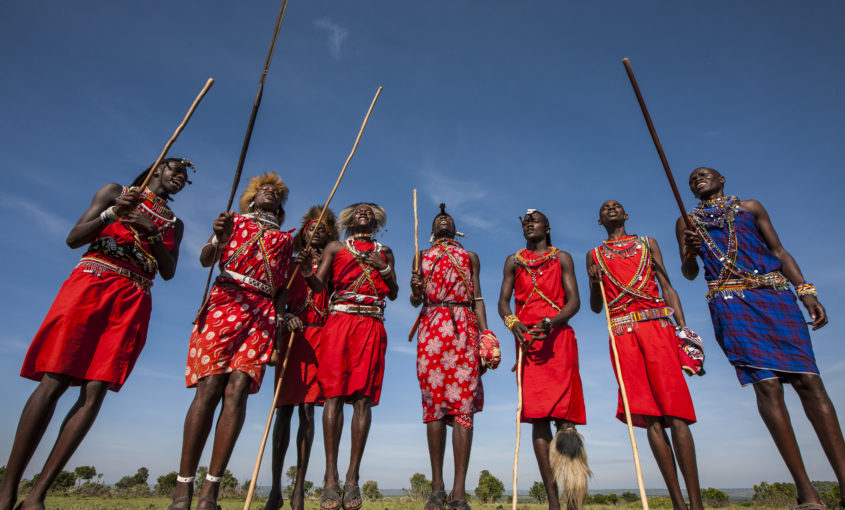Local communities and indigenous people are vital in saving wildlife
KWCA CEO Dickson Kaelo in this article shares his insights on community conservation in Kenya and makes the case for investing in community led conservation approaches in Africa in the newly launched international website, the New Big 5
Dickson explains why the war on wildlife crime and wildlife loss will be won at the grassroots and why the biggest threat to wildlife in Africa is space or lack of it.
Here are five key highlights from the article;
- To stem the current wildlife loss, conservation has to be bottom-up, must involve communities and investment should be made towards local conservation entities.
- If decision making and sharing of benefits was made more equitable and supported local communities who live with wildlife those communities would be incentivised to become local stewards of wildlife. They would then be disincentivized to participate in illegal wildlife crime and as a result motivated to manage land with conservation as a key objective.
- When communities see wildlife as an asset, rather than a cost, conservation efforts will begin yielding fruits.
- Conservation projects must understand monetary and non monetary needs attached to conservation.
- The biggest threat to wildlife is space or lack of it. Any conservation effort that doesn’t address habitat loss is treating symptoms and not the the root cause of wildlife decline.


